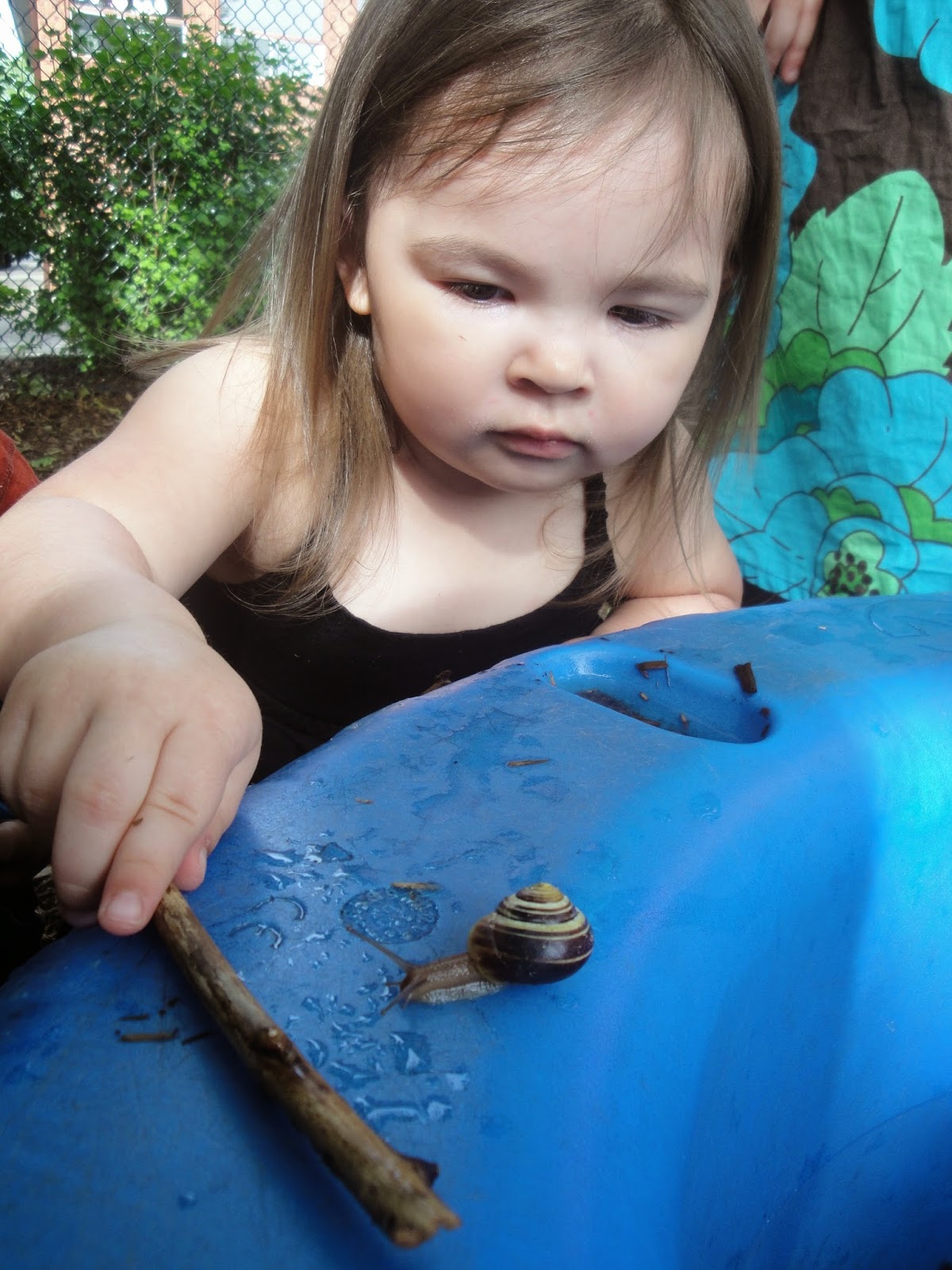There's a new kid on the block and his name is
Pedagogical Documentation!
So what's all the fuss about?
I can see from all my email questions that many teachers are feeling out of sorts, having just mastered some form of documentation, they are now being asked to consider pedagogical documentation.
Let's think of it this way.
The very fundamental nature of documentation asks us to capture moments of doing, thinking and questioning.
At the most basic level, by the very act of taking photographs of our life journey and keeping mementos we assume, unknowingly, the role of "documentor", keeper, historian.
Unlike before, when these memories remained within the context of our family, social media has provided us with the forum for sharing the photos and inviting comments.
Presto, we are officially leaving traces; another key element of documentation.
Leaving traces of our work with the children, creating context and history,
is this enough?
Not really. Now we must consider another element.
Pedagogical documentation asks us to find the meaning in experiences, to interpret them, to find understanding in order to move toward new ways of thinking and knowing, of wondering, of planning the next step, all in conjunction with the children.
In the midst of all of this, as children construct their theories and work through them, we are given glimpses into how each child is meeting developmental milestones, a perfect non intrusive method of getting to know our students and doing assessments. In highlighting these milestones, developmental areas, domains, we are adding another dimension to the documentation.
It is a complex process. In order to do this well we must be vested in our children and in our own educational journey.
Here are some questions to consider.
1. What was the child thinking or feeling in this experience?
2. Did the child have prior knowledge with the topic or focus of the experience?
3. Did the child have questions?
4. What were your thoughts or comments?
5. Where could you go next?
6. Was it an isolated experience or did it offer possibility for new discoveries, new directions, or the deconstructing of the child's initial thoughts to create new thinking.
7. What developmental areas were engaged or could be engaged?
8. How many of the "hundred languages" might the child choose to use to express his thoughts and theories?






Very inspiring questions.
ReplyDeleteThanks very much for sharing
Kind regards from Spain
Cris
Each language has a voice .. Which allows us to express ourselves, it brings people together and makes cultures embrace each other. There is also an overwhelming reality: Some languages are more to the head than others. The language that opens doors and makes our children have academic success and future professional successes it certainly is the English language. We approach this language to children and adults in a fun way because learning a second language should be fun and not tedious. Our philosophy is: play + fun = learning. A mathematical rule that never fails. Te Reo English Team.
ReplyDeleteThe natural language of children is PLAYING. That is the reason why GAMES are so appreciated in the teaching process. When you are having fun.. you are more receptive to assimilate information and learn.
ReplyDelete